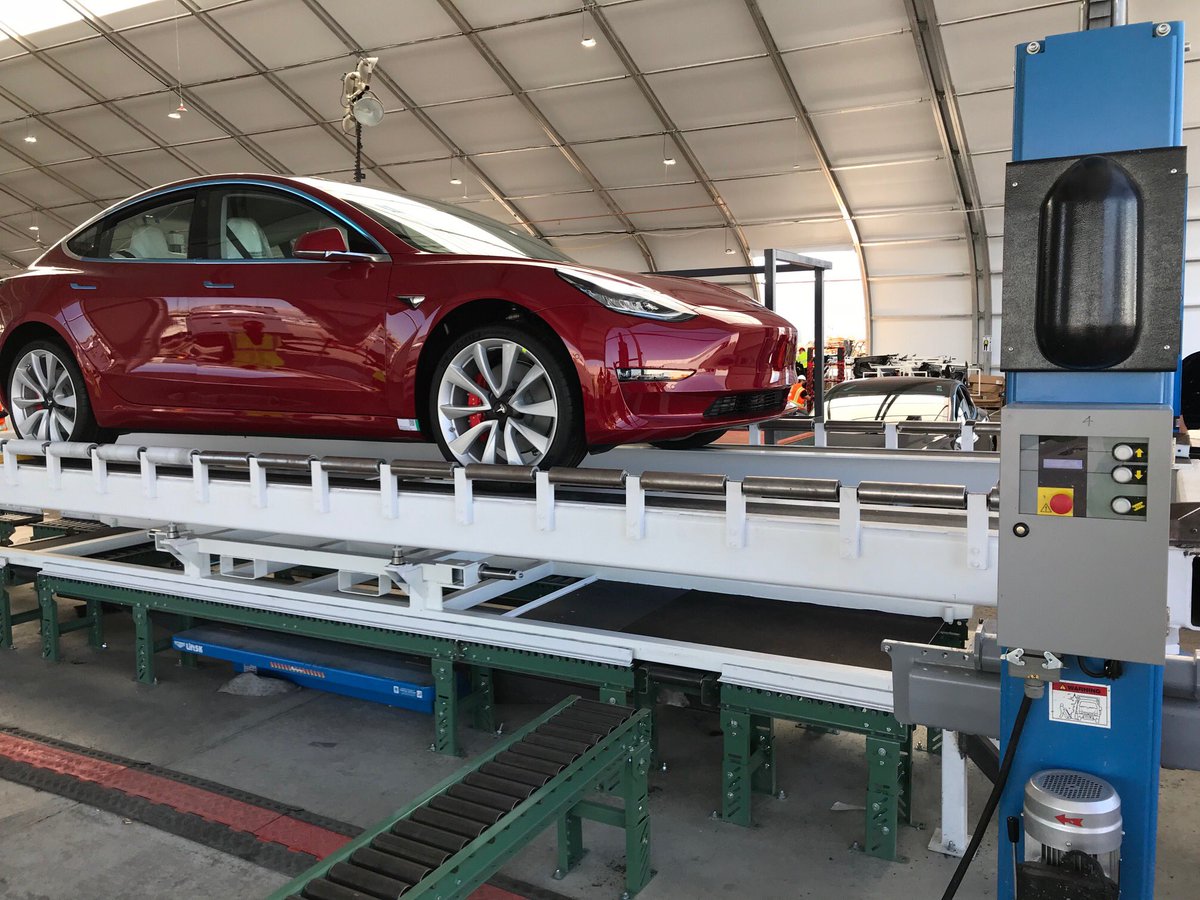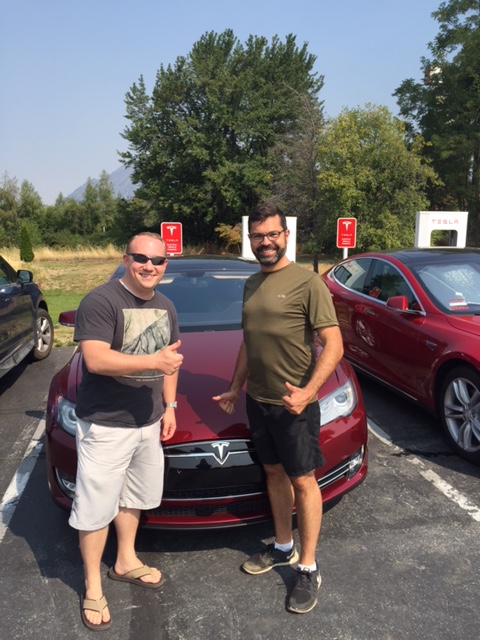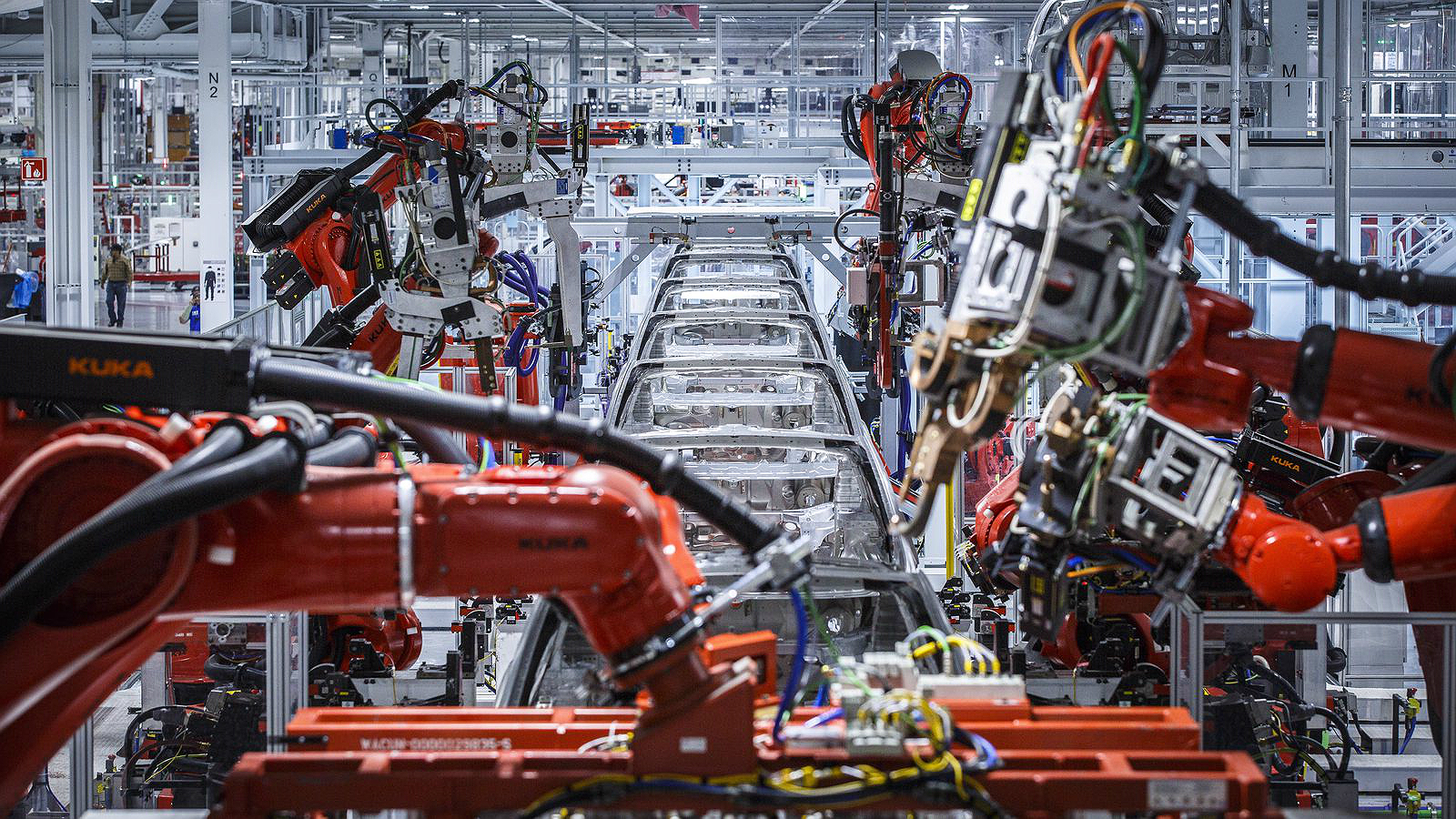Joining its larger siblings, the Tesla Model 3 has been given a 5-Star Safety Rating by the National Highway Traffic Safety Administration (NHTSA). The NHTSA tested the Model 3 on frontal crash, side crash, and rollover safety; and in all the categories and subcategories of the organization’s tests, the Model 3 performed superbly, displaying a level of industry-leading driver and passenger safety.
The NHTSA’s Recommended Safety Technologies, such as forward collision warning systems, dynamic brake support, crash imminent braking, and lane departure warning features, were also standard on the Model 3. Following are the results from the NHTSA’s safety tests on the Model 3.
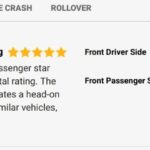
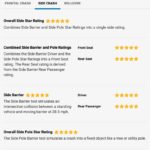
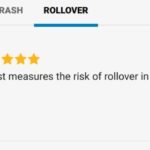
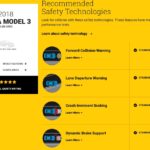
The Tesla Model 3’s ratings from the National Highway Traffic Safety Administration. [Credit: NHTSA]
With the Model 3 getting its official NHTSA score, Tesla now holds the distinction of being an automaker whose entire lineup of production vehicles have 5-Star safety ratings. Just like the Model 3, the Tesla Model X received perfect scores in all of the NHTSA’s frontal crash, side crash, and rollover tests. Back in 2013, the Tesla Model S performed so well during the NHTSA’s testing, the vehicle ended up breaking the organization’s crash-testing gear.
Even before the release of the NHTSA’s official ratings for the Model 3, Elon Musk has been lauding the electric sedan’s safety features. In a post last month on Twitter, Musk noted that the absence of a fossil fuel-powered engine in the Model 3 gives the car longer crumple zones. Musk also pointed out that the Model 3 has the “best safety of any midsize car.”
Such statements seem to be acknowledged by a number of Model 3 accidents this year, including a high-speed crash on the I-90 tunnel in Seattle, WA resulting from what appeared to be a street race between a BMW M4 and a Chevrolet Camaro SS. A Model 3 involved in a head-on collision at 60 mph earlier this year also resulted in the driver walking away with just a swollen ankle.
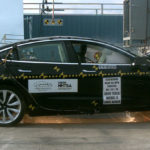
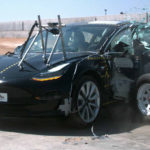
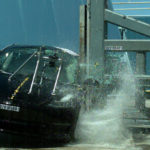
The Tesla Model 3 gets crash tested by the National Highway Traffic Safety Administration. [Credit: NHTSA]
Back in May, the Insurance Institute for Highway Safety (IIHS), a nonprofit funded by auto insurers dedicated to reducing the number of accidents on the road, also gave the Model 3 a “Superior” front crash avoidance rating. During its tests, the Model 3 performed particularly well in the crash avoidance and mitigation category, thanks to the vehicle’s Forward Collision Warning, its low-speed autobrake, and its high-speed autobrake systems.
This is not to say that the Model 3’s safety ratings have flawless from the beginning. Consumer Reports initially denied the Model 3 its coveted “Recommended” rating due to the vehicle’s variance in braking distances, which Tesla promptly addressed through an over-the-air software update. Consumer Reports later retested the Model 3, giving it a “Recommended” rating.
The Model 3’s all-electric design is a key factor in its safety ratings. Since the vehicle does not have a front-mounted engine and rear-mounted gas tank, as can be found on fossil fuel-powered cars, the Model 3 has extra large crumple zones that absorb energy during high-speed collisions. Tesla’s use of ultra-high-strength steel and aluminum for the Model 3’s body structure, as well as the vehicle’s floor-mounted battery pack, provide further structural rigidity to the electric sedan.
Watch the Model 3’s safety tests in the videos below.
The post Tesla Model 3 earns flawless 5-Star safety rating from NHTSA appeared first on TESLARATI.com.
